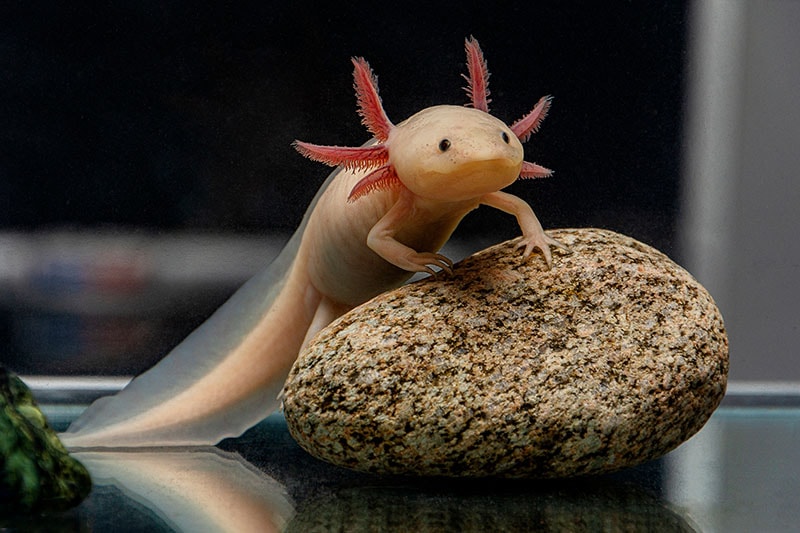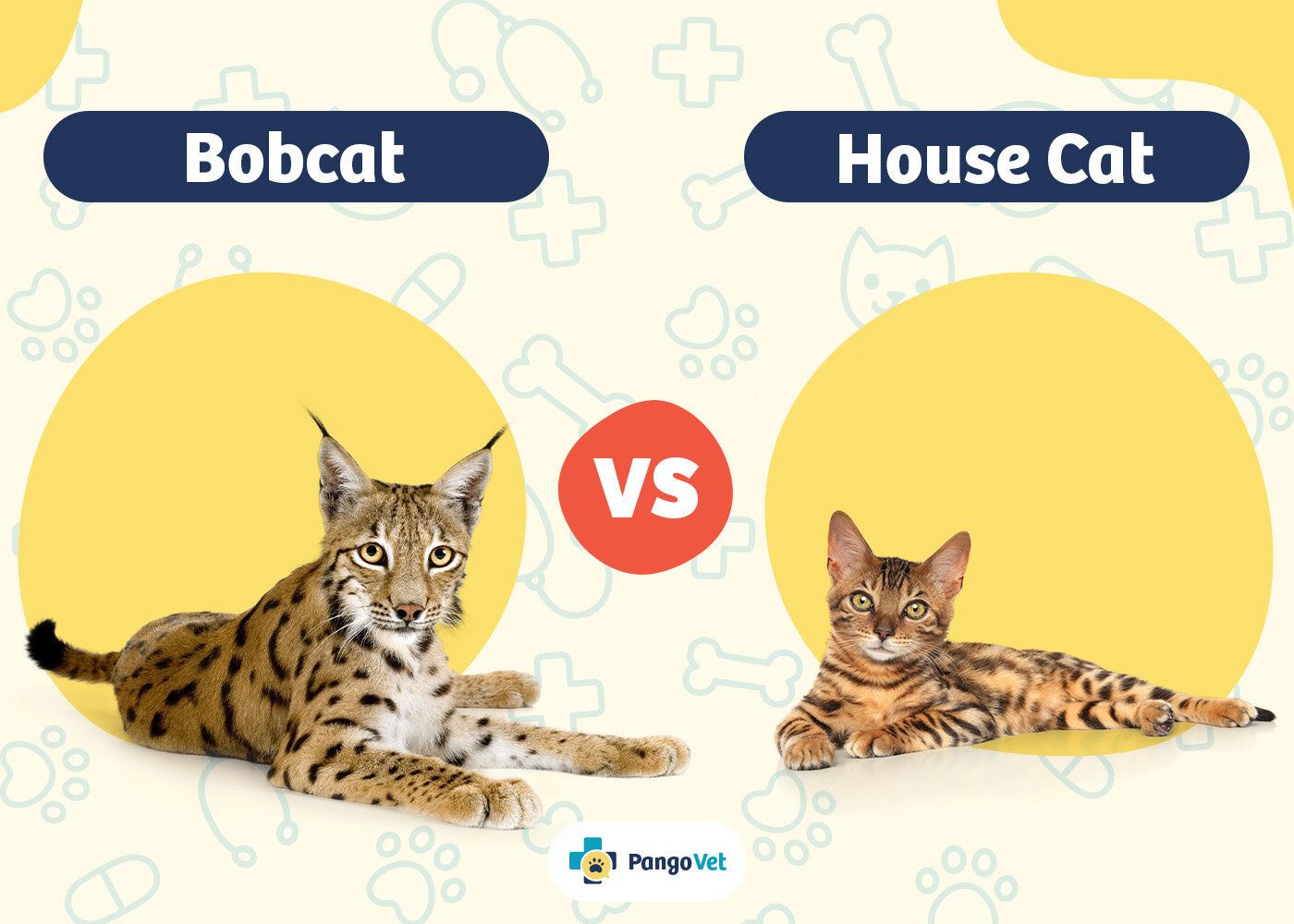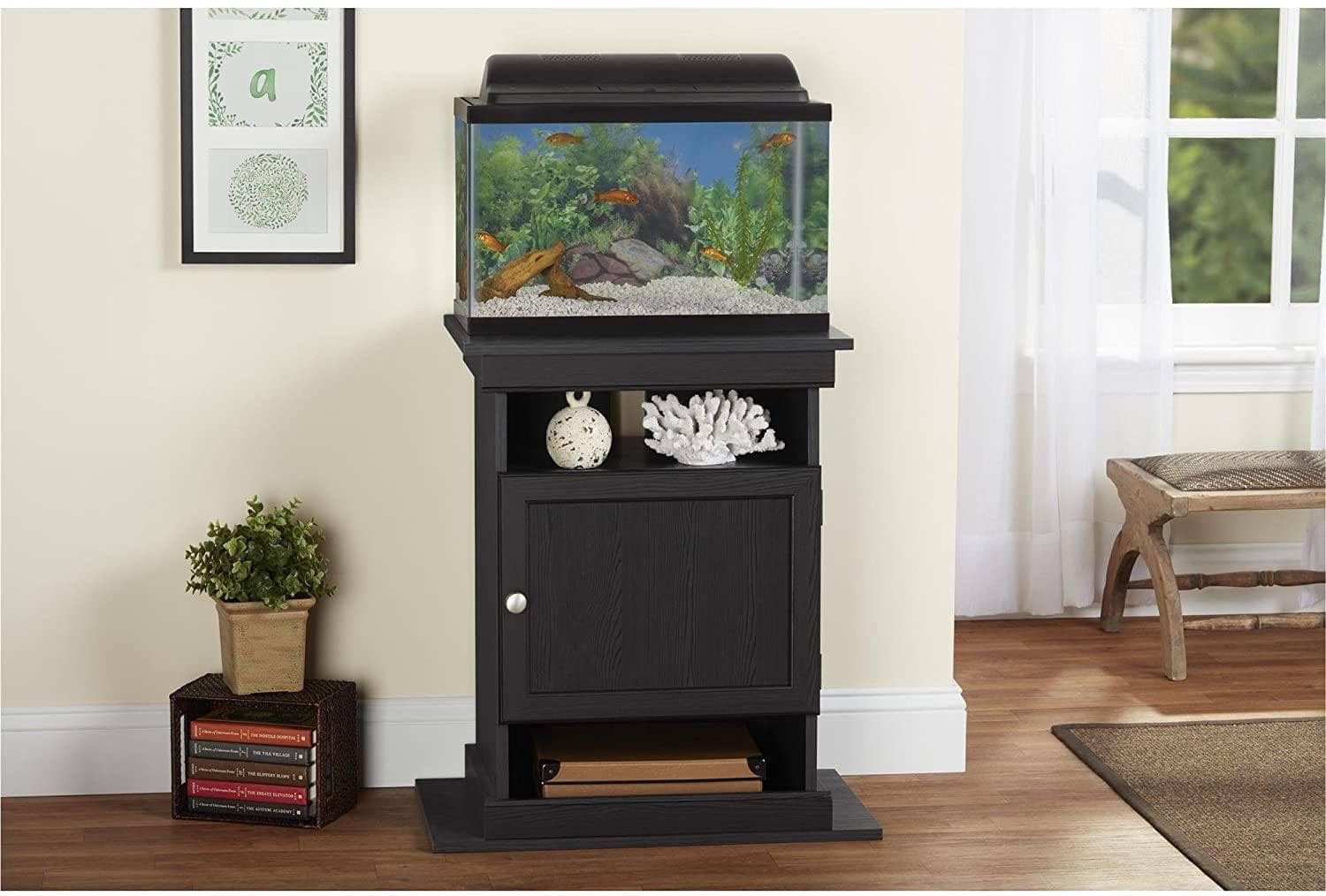Click to Skip Ahead
An axolotl is a type of salamander known for having external gills that are never lost, as is the case for other salamanders. This species of animal can only naturally be found living in a Mexico City lake, and there are not many of them left. In fact, they have been identified as critically endangered.1 Axolotls lay eggs but their specific method is quite interesting. In captivity, these animals can reproduce incredibly quickly!

Yes, Axolotls Do Lay Eggs
Axolotls are amazing egg layers. In the wild, there are many predators to contend with, but in captivity, their eggs have an excellent chance of hatching, and the babies have a good chance of surviving. A typical axolotl can lay up to 1,500 eggs after just one breeding session.2 Each egg is laid individually on various surfaces, like the rocks and plants inside the aquarium where they are being kept.
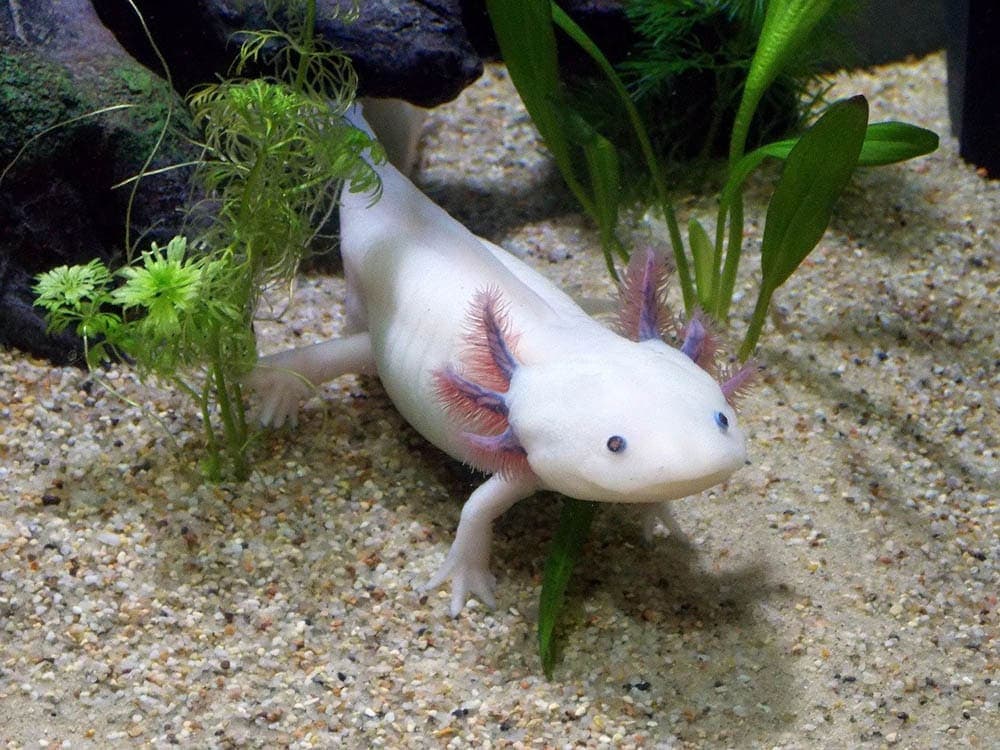
Here’s How Axolotls Reproduce
When it comes time to reproduce, a male Axolotl will find a female and “woo” her by lightly nudging her behind. If the female is receptive to said advances, she will begin to follow the male around their habitat for about an hour. While this goes on, the male will stop periodically and deposit his sperm on the ground. He will then move forward until the female’s cloaca is positioned above the sperm.
The sperm is then absorbed by the cloaca before the two animals move on. This process happens several times during their hour-long “love walk” together. The female will lay her eggs 12–72 hours after mating takes place. The eggs will be ready to hatch about 15 days later.
Here’s What to Know About Hatching Eggs
Adult axolotls are known to sometimes eat the eggs that are waiting to hatch in their habitat. Therefore, it is important to remove the eggs or the adults as soon as the eggs are laid. The eggs should be thinned out beforehand if you want to have control over how many babies you end up with.
Baby axolotls are not mobile until they develop their front legs, at which time, they will eat living foods, like brine and tiny worms, and unliving food, such as bloodworms from the freezer. They should be fed twice a day to help mitigate their tendencies to cannibalism. Once their hind legs have developed, they can be cared for like adults, and their tendencies to eat each other will lessen.
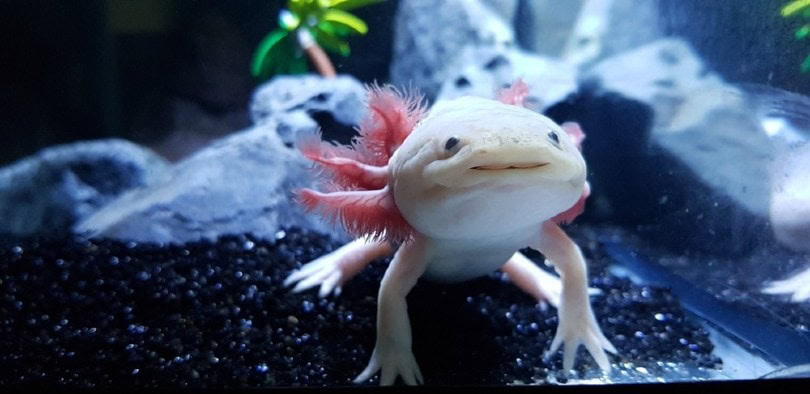

Final Comments
Axolotls are fascinating little animals with even more interesting reproduction habits. They can produce a surprisingly large number of babies after just one breeding session, which is great for those in captivity, but unfortunately, it doesn’t seem to help them much in the wild due to human actions like overfishing. With care and commitment, you can successfully raise hundreds, if not thousands, of axolotls yourself.
- Related Read: Where Do Axolotls Come From? (Country & Origins)
Featured Image Credit: Iva Dimova, Shutterstock
